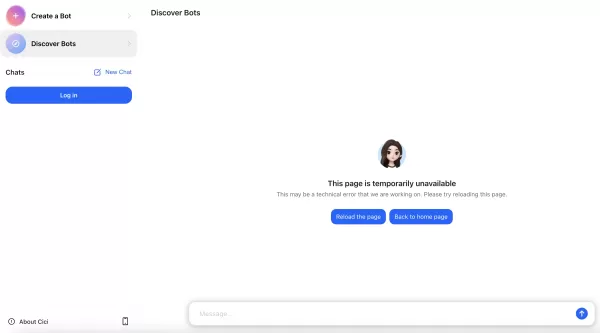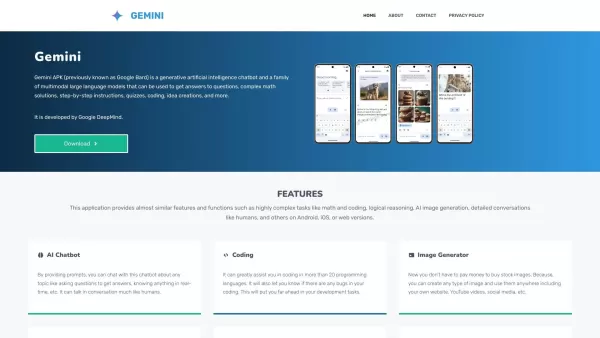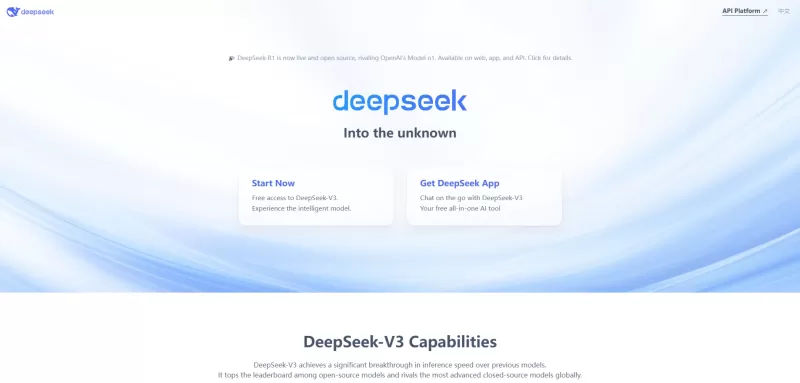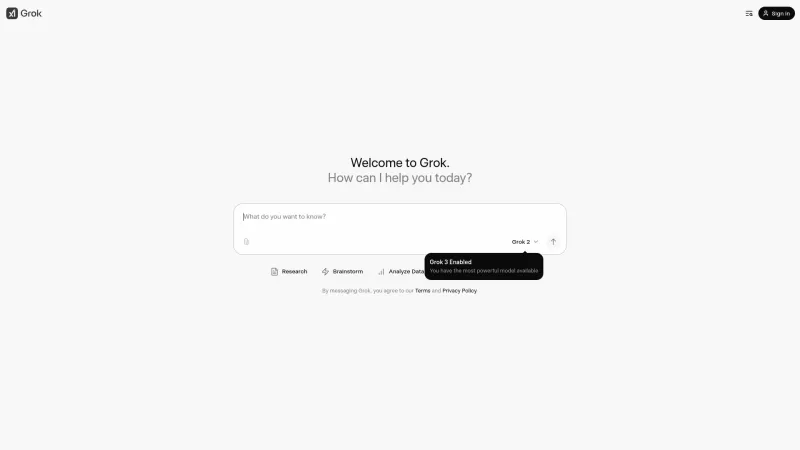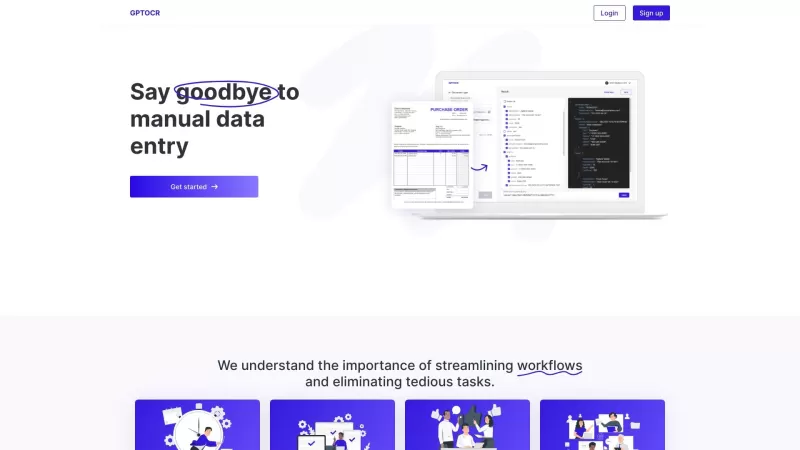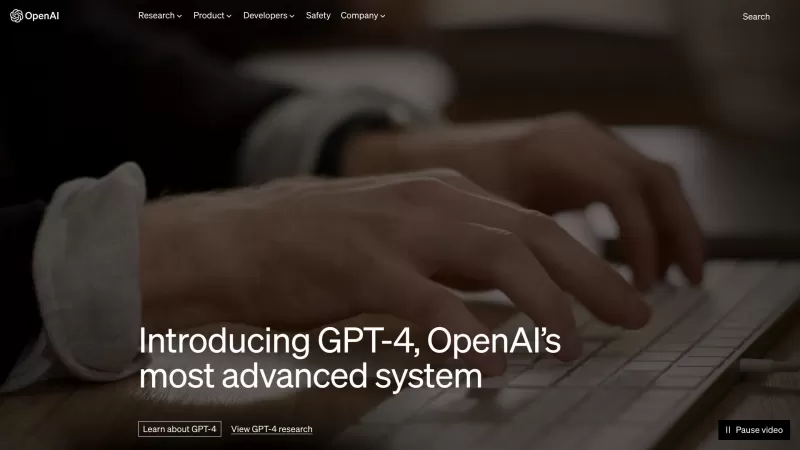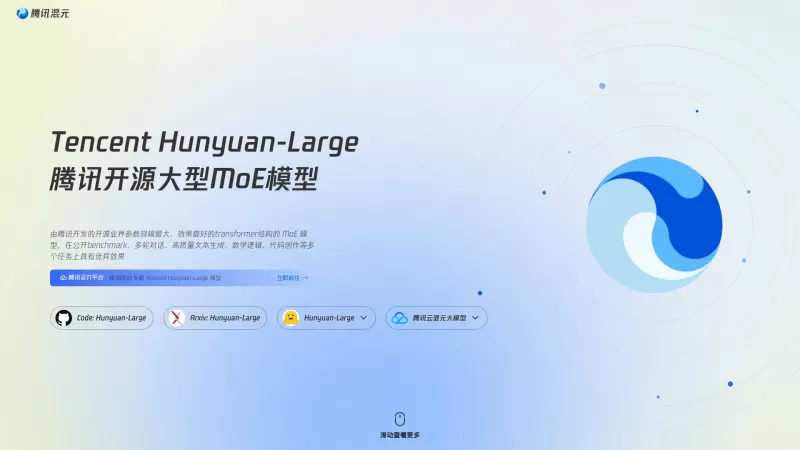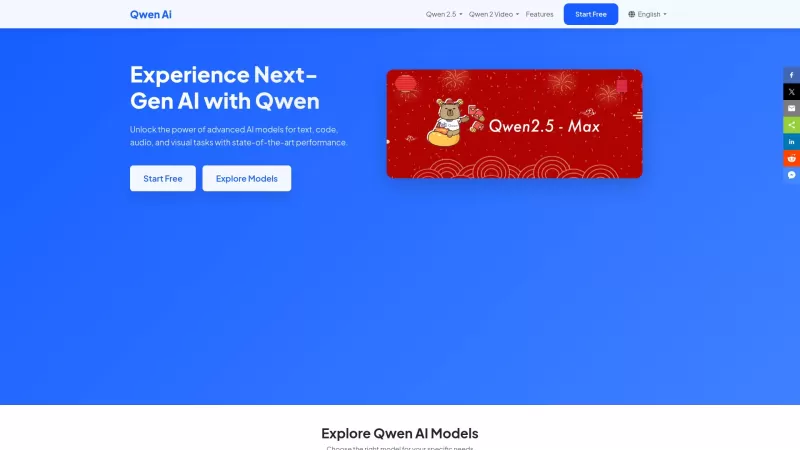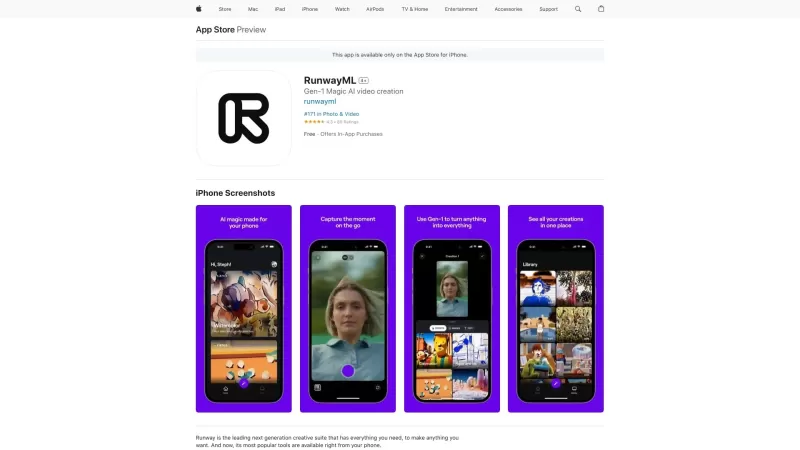Engineers Unveil AI-Powered Hand Gesture Recognition System
Researchers at the University of California, Berkeley have come up with an innovative device that's changing the game in how we interact with technology and control prosthetics. This nifty gadget uses wearable biosensors and artificial intelligence (AI) to pick up on the electrical signals in your forearm and translate them into recognizable hand gestures. Imagine being able to control devices or prosthetic limbs with just a flick of your wrist or a simple gesture—pretty cool, right?
Ali Moin, a key member of the design team and a doctoral student in UC Berkeley’s Department of Electrical Engineering and Computer Sciences, shared his excitement about the project. "Prosthetics are a major application for this technology, but it's also a fantastic way to interact with computers more naturally," Moin explained. "Hand gesture recognition can significantly enhance human-computer interaction. While there are other methods like using cameras and computer vision, our approach not only works well but also keeps your privacy intact."
Hand Gesture Recognition System
Under the guidance of Professor Ana Arias from UC Berkeley's Electrical Engineering department, the team crafted a flexible armband. This armband is equipped with sensors that read electrical signals at 64 different points on the forearm. These signals are then fed into a chip with an AI algorithm that's smart enough to identify patterns linked to specific hand gestures—up to 21 different ones, in fact.
"When you decide to move your hand, your brain sends electrical signals through your nervous system down to your muscles," Moin said. "Our armband's electrodes pick up on this electrical activity. While it's not pinpoint accurate, with so many sensors, it learns to recognize the patterns well enough to tell what gesture you're making."
The AI doesn't just stop at recognizing gestures; it's built to learn and improve. It uses a hyperdimensional computing algorithm that keeps updating itself with new data, whether it's from different arm movements or even sweat. "Signals change over time, and that can throw off your model's accuracy," Moin noted. "By updating the model right on the device, we've seen a big boost in how well it recognizes gestures."
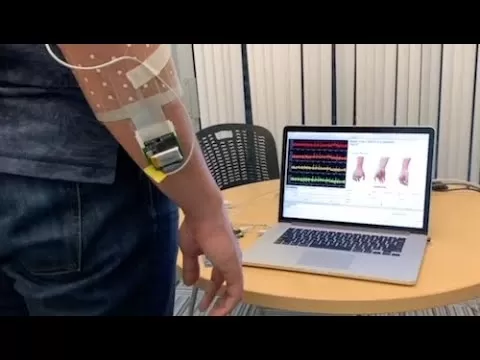
Computing Locally on the Chip
What's really impressive about this device is that all the computing happens right there on the chip. This means your personal data stays exactly where it should—on you. No sending it off to be processed elsewhere, which not only speeds things up but also keeps your biological data safe and sound.
Jan Rabaey, the Donald O. Pedersen Distinguished Professor of Electrical Engineering at UC Berkeley and the senior author of the research paper, elaborated on the benefits of this approach. "When tech giants like Amazon or Apple develop their algorithms, they typically do all the heavy lifting in the cloud and then send the model to your device. The downside? You're stuck with that model," Rabaey explained. "Our method lets the device learn and adapt right on the spot. It's quick to start, and with more use, it just keeps getting better, much like how we humans learn."
According to Rabaey, the technology is already advanced, but a few tweaks here and there could see it hitting the market soon. "We've managed to pack biosensing, signal processing, and AI into one compact, flexible system that doesn't guzzle power," Rabaey said, highlighting the uniqueness of their device.
Related article
 Gmail Rolls Out Automatic AI-Powered Email Summaries
Gemini-Powered Email Summaries Coming to Workspace Users
Google Workspace subscribers will notice Gemini's enhanced role in managing their inboxes as Gmail begins automatically generating summaries for complex email threads. These AI-created digests
Gmail Rolls Out Automatic AI-Powered Email Summaries
Gemini-Powered Email Summaries Coming to Workspace Users
Google Workspace subscribers will notice Gemini's enhanced role in managing their inboxes as Gmail begins automatically generating summaries for complex email threads. These AI-created digests
 Google Gemini Introduces Read-Aloud Feature for Docs
Google Docs introduces an innovative AI-powered text-to-speech feature that transforms written documents into customizable audio experiences. The newly released functionality allows users to generate natural-sounding voiceovers from their text conten
Google Gemini Introduces Read-Aloud Feature for Docs
Google Docs introduces an innovative AI-powered text-to-speech feature that transforms written documents into customizable audio experiences. The newly released functionality allows users to generate natural-sounding voiceovers from their text conten
 YouTube Unveils Free AI Tool for Video Background Music Creation
YouTube is revolutionizing content creation by introducing an innovative AI tool that generates royalty-free instrumental tracks, eliminating copyright concerns for video makers, according to TechCrunch. The platform unveiled this cutting-edge functi
Comments (40)
0/200
YouTube Unveils Free AI Tool for Video Background Music Creation
YouTube is revolutionizing content creation by introducing an innovative AI tool that generates royalty-free instrumental tracks, eliminating copyright concerns for video makers, according to TechCrunch. The platform unveiled this cutting-edge functi
Comments (40)
0/200
![RaymondGreen]() RaymondGreen
RaymondGreen
 April 20, 2025 at 4:21:26 PM EDT
April 20, 2025 at 4:21:26 PM EDT
カリフォルニア大学バークレー校のAI搭載ハンドジェスチャー認識システムは驚くべきものです!SF映画から出てきたようなものです。唯一の欠点は、一般の人々にとって少し高価だということです。それでも、超クールなテクノロジーです!🤖👍


 0
0
![JamesJones]() JamesJones
JamesJones
 April 19, 2025 at 11:55:44 AM EDT
April 19, 2025 at 11:55:44 AM EDT
This AI-powered hand gesture system is mind-blowing! I tried it and it's like magic, controlling things just by moving my hands. The only hiccup is sometimes it's a bit slow to respond, but still, it's super cool! Can't wait to see where this tech goes next! 🚀


 0
0
![RalphSanchez]() RalphSanchez
RalphSanchez
 April 19, 2025 at 1:16:52 AM EDT
April 19, 2025 at 1:16:52 AM EDT
This AI hand gesture recognition system is mind-blowing! It's like magic how it picks up my movements and controls my prosthetic so smoothly. Only wish it was a bit more responsive at times. Still, a total game-changer! 🤯✋


 0
0
![BrianWalker]() BrianWalker
BrianWalker
 April 18, 2025 at 4:04:02 PM EDT
April 18, 2025 at 4:04:02 PM EDT
このAIによる手のジェスチャー認識システムは本当にすごい!使ってみたら、手を動かすだけで色々操作できて魔法みたいだった。ただ、反応が少し遅い時があるのが難点かな。それでも、とてもクールだし、この技術の未来が楽しみだよ!🚀


 0
0
![RichardThomas]() RichardThomas
RichardThomas
 April 18, 2025 at 1:58:25 AM EDT
April 18, 2025 at 1:58:25 AM EDT
Este sistema de reconhecimento de gestos por IA é incrível! Testei e parece mágica, controlando tudo só com movimentos das mãos. O único problema é que às vezes a resposta é um pouco lenta, mas ainda assim, é super legal! Mal posso esperar para ver aonde essa tecnologia vai! 🚀


 0
0
![TerryScott]() TerryScott
TerryScott
 April 18, 2025 at 1:15:55 AM EDT
April 18, 2025 at 1:15:55 AM EDT
Hệ thống nhận diện cử chỉ tay bằng AI từ UC Berkeley thật sự làm mình choáng ngợp! Giống như trong phim khoa học viễn tưởng vậy. Nhược điểm duy nhất là giá hơi cao so với người bình thường. Nhưng mà, công nghệ siêu ngầu! 🤖👍


 0
0
Researchers at the University of California, Berkeley have come up with an innovative device that's changing the game in how we interact with technology and control prosthetics. This nifty gadget uses wearable biosensors and artificial intelligence (AI) to pick up on the electrical signals in your forearm and translate them into recognizable hand gestures. Imagine being able to control devices or prosthetic limbs with just a flick of your wrist or a simple gesture—pretty cool, right?
Ali Moin, a key member of the design team and a doctoral student in UC Berkeley’s Department of Electrical Engineering and Computer Sciences, shared his excitement about the project. "Prosthetics are a major application for this technology, but it's also a fantastic way to interact with computers more naturally," Moin explained. "Hand gesture recognition can significantly enhance human-computer interaction. While there are other methods like using cameras and computer vision, our approach not only works well but also keeps your privacy intact."
Hand Gesture Recognition System
Under the guidance of Professor Ana Arias from UC Berkeley's Electrical Engineering department, the team crafted a flexible armband. This armband is equipped with sensors that read electrical signals at 64 different points on the forearm. These signals are then fed into a chip with an AI algorithm that's smart enough to identify patterns linked to specific hand gestures—up to 21 different ones, in fact.
"When you decide to move your hand, your brain sends electrical signals through your nervous system down to your muscles," Moin said. "Our armband's electrodes pick up on this electrical activity. While it's not pinpoint accurate, with so many sensors, it learns to recognize the patterns well enough to tell what gesture you're making."
The AI doesn't just stop at recognizing gestures; it's built to learn and improve. It uses a hyperdimensional computing algorithm that keeps updating itself with new data, whether it's from different arm movements or even sweat. "Signals change over time, and that can throw off your model's accuracy," Moin noted. "By updating the model right on the device, we've seen a big boost in how well it recognizes gestures."

Computing Locally on the Chip
What's really impressive about this device is that all the computing happens right there on the chip. This means your personal data stays exactly where it should—on you. No sending it off to be processed elsewhere, which not only speeds things up but also keeps your biological data safe and sound.
Jan Rabaey, the Donald O. Pedersen Distinguished Professor of Electrical Engineering at UC Berkeley and the senior author of the research paper, elaborated on the benefits of this approach. "When tech giants like Amazon or Apple develop their algorithms, they typically do all the heavy lifting in the cloud and then send the model to your device. The downside? You're stuck with that model," Rabaey explained. "Our method lets the device learn and adapt right on the spot. It's quick to start, and with more use, it just keeps getting better, much like how we humans learn."
According to Rabaey, the technology is already advanced, but a few tweaks here and there could see it hitting the market soon. "We've managed to pack biosensing, signal processing, and AI into one compact, flexible system that doesn't guzzle power," Rabaey said, highlighting the uniqueness of their device.
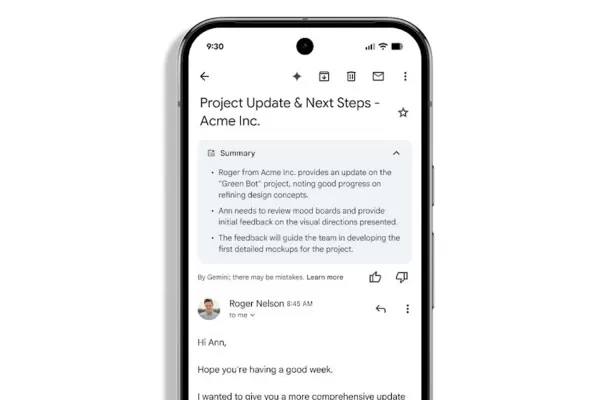 Gmail Rolls Out Automatic AI-Powered Email Summaries
Gemini-Powered Email Summaries Coming to Workspace Users
Google Workspace subscribers will notice Gemini's enhanced role in managing their inboxes as Gmail begins automatically generating summaries for complex email threads. These AI-created digests
Gmail Rolls Out Automatic AI-Powered Email Summaries
Gemini-Powered Email Summaries Coming to Workspace Users
Google Workspace subscribers will notice Gemini's enhanced role in managing their inboxes as Gmail begins automatically generating summaries for complex email threads. These AI-created digests
 Google Gemini Introduces Read-Aloud Feature for Docs
Google Docs introduces an innovative AI-powered text-to-speech feature that transforms written documents into customizable audio experiences. The newly released functionality allows users to generate natural-sounding voiceovers from their text conten
Google Gemini Introduces Read-Aloud Feature for Docs
Google Docs introduces an innovative AI-powered text-to-speech feature that transforms written documents into customizable audio experiences. The newly released functionality allows users to generate natural-sounding voiceovers from their text conten
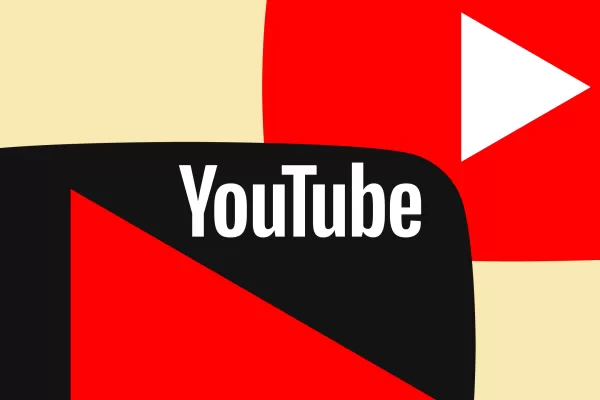 YouTube Unveils Free AI Tool for Video Background Music Creation
YouTube is revolutionizing content creation by introducing an innovative AI tool that generates royalty-free instrumental tracks, eliminating copyright concerns for video makers, according to TechCrunch. The platform unveiled this cutting-edge functi
YouTube Unveils Free AI Tool for Video Background Music Creation
YouTube is revolutionizing content creation by introducing an innovative AI tool that generates royalty-free instrumental tracks, eliminating copyright concerns for video makers, according to TechCrunch. The platform unveiled this cutting-edge functi
 April 20, 2025 at 4:21:26 PM EDT
April 20, 2025 at 4:21:26 PM EDT
カリフォルニア大学バークレー校のAI搭載ハンドジェスチャー認識システムは驚くべきものです!SF映画から出てきたようなものです。唯一の欠点は、一般の人々にとって少し高価だということです。それでも、超クールなテクノロジーです!🤖👍


 0
0
 April 19, 2025 at 11:55:44 AM EDT
April 19, 2025 at 11:55:44 AM EDT
This AI-powered hand gesture system is mind-blowing! I tried it and it's like magic, controlling things just by moving my hands. The only hiccup is sometimes it's a bit slow to respond, but still, it's super cool! Can't wait to see where this tech goes next! 🚀


 0
0
 April 19, 2025 at 1:16:52 AM EDT
April 19, 2025 at 1:16:52 AM EDT
This AI hand gesture recognition system is mind-blowing! It's like magic how it picks up my movements and controls my prosthetic so smoothly. Only wish it was a bit more responsive at times. Still, a total game-changer! 🤯✋


 0
0
 April 18, 2025 at 4:04:02 PM EDT
April 18, 2025 at 4:04:02 PM EDT
このAIによる手のジェスチャー認識システムは本当にすごい!使ってみたら、手を動かすだけで色々操作できて魔法みたいだった。ただ、反応が少し遅い時があるのが難点かな。それでも、とてもクールだし、この技術の未来が楽しみだよ!🚀


 0
0
 April 18, 2025 at 1:58:25 AM EDT
April 18, 2025 at 1:58:25 AM EDT
Este sistema de reconhecimento de gestos por IA é incrível! Testei e parece mágica, controlando tudo só com movimentos das mãos. O único problema é que às vezes a resposta é um pouco lenta, mas ainda assim, é super legal! Mal posso esperar para ver aonde essa tecnologia vai! 🚀


 0
0
 April 18, 2025 at 1:15:55 AM EDT
April 18, 2025 at 1:15:55 AM EDT
Hệ thống nhận diện cử chỉ tay bằng AI từ UC Berkeley thật sự làm mình choáng ngợp! Giống như trong phim khoa học viễn tưởng vậy. Nhược điểm duy nhất là giá hơi cao so với người bình thường. Nhưng mà, công nghệ siêu ngầu! 🤖👍


 0
0

